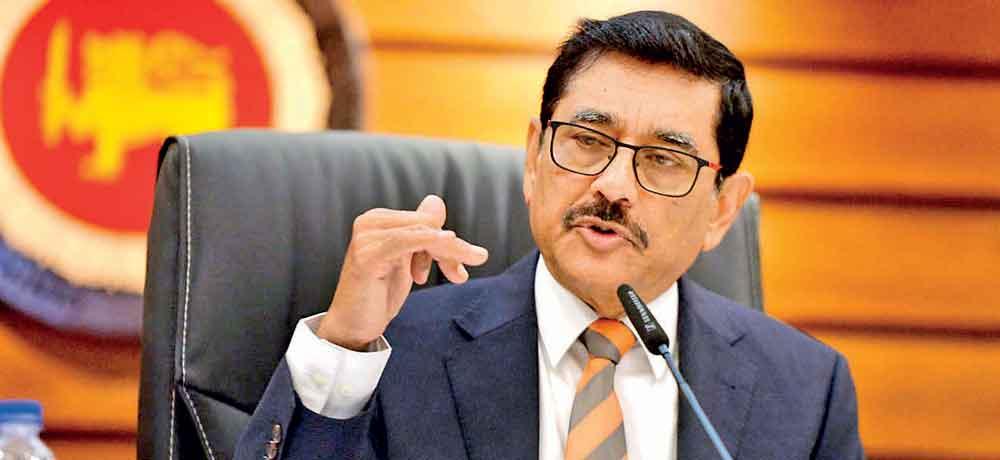Reply To:
Name - Reply Comment
 Dr. Nandalal Weerasinghe
Dr. Nandalal Weerasinghe
PIC BY PRADEEP PATHIRANA
While shifting towards a single policy interest rate structure, the Central Bank yesterday introduced what it calls the overnight policy rate (OPR) as its primary monetary policy tool and set it at 8.00 percent, effectively delivering a 50-basis-point cut in the monetary policy, as it targets the call money rate often used in the interbank market, which closed at 8.55 percent the day before.
Introducing the new monetary policy tool, Central Bank Governor Dr. Nandalal Weerasinghe said the single policy rate targeting the call money rate would be much more efficient in monetary policy transition in both the government securities market and real economy via the adjustment in the market lending rates.
The call money rate is the rate at which the banks transact among each other in the interbank market and hence, with the OPR is set at 8.00 percent, the call money rate should also come down to around that level. The call money rate would remain the operating target of the Central Bank, under its flexible inflation targeting framework.
In response to the move, the yields at the treasury bill auction held also fell sharply by between 57 and 70bps, with the benchmark one-year yield falling the most by 70bps to 9.08 percent.
While the former dual policy tools, the Standing Deposit Facility Rate (SDFR) and Standing Lending Facility Rate (SLFR), would continue to be available for overnight transactions, they will no longer be considered as policy interest rates of the Central Bank.
However, their respective rates would be linked to the OPR, with a margin of 50bps, setting a lower bound and an upper bound at 7.50 percent and 8.50 percent for the SDFR and SLFR.
Meanwhile, what mainly led to further easing of the monetary policy stance by the Central Bank was the current deflationary conditions, which are going to be deeper than expected in the near term.
Sri Lanka has seen two consecutive months of deflation so far and it is likely to continue before turning positive from mid-2025 and gradually converge towards the target level of 5.0 percent in the medium term.
Further, it also appears to be nudging further ease in market lending rates as it has observed a lack of further space for the market lending rates to come down.
Hence, this move is expected to provide further impetus to the ongoing economic recovery.
The Central Bank also expects the economy to grow by 4.5 percent to 5.0 percent level in 2024, higher than anticipated at the beginning of the year, as the external sector has regained strength, which also helped to ease monetary policy, as the country now operates with sufficient external buffers by way of US $ 6.5 billion worth of foreign currency reserves.
With the latest cut to the policy rate, the Central Bank has now delivered a total of 725bps of rate cuts from June 2023, when the current monetary easing cycle began.